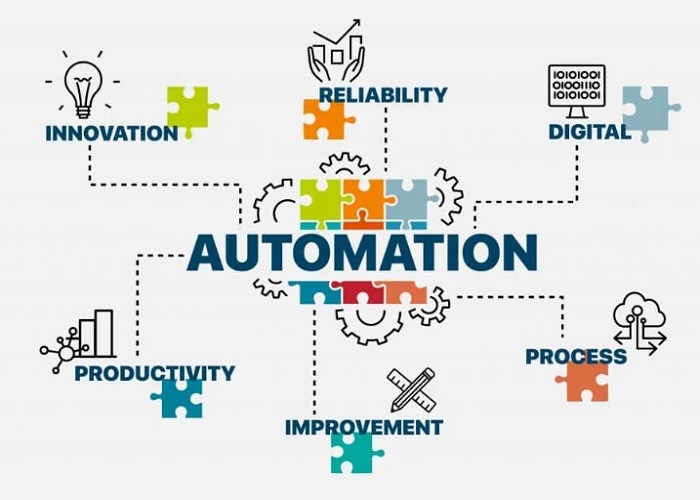
Introduction to Continuous Quality Assurance and Test Automation
Continuous Quality Assurance (CQA) is a software development approach that emphasizes the continuous testing and improvement of software quality throughout the development process. Test automation services plays a crucial role in CQA, as it helps organizations automate repetitive and time-consuming testing tasks, identify and resolve issues more quickly, and deliver higher quality software more efficiently.
Benefits of Integrating Test Automation with Continuous Quality Assurance
Integrating test automation with CQA offers a number of key benefits, including:
Test automation has become an indispensable tool in software development. Automated testing provides many benefits such as faster test execution, reduced human error, and improved test coverage. But even with these advantages, it’s essential to understand how test automation fits into the bigger picture of continuous quality assurance. Integrating test automation into a comprehensive quality assurance strategy can result in significant benefits for organizations. In this article, we will explore the benefits of integrating test automation with continuous quality assurance.
Visit here: Top Software testing service providers
Improved Test Accuracy
Integrating test automation into a continuous quality assurance strategy improves test accuracy. Automated tests are designed to perform the same actions repeatedly, reducing the chances of human error. When automated tests are combined with continuous testing practices, the chances of catching defects early in the development cycle increase, leading to more accurate results.
Reduced Testing Time
Test automation eliminates the need for manual testing, reducing the time required to complete testing. Automated tests can run simultaneously and complete in a fraction of the time compared to manual tests, providing quicker feedback to developers. When integrated with continuous quality assurance, test automation allows organizations to catch and resolve defects faster, reducing the overall time to market.
Improved Test Coverage
Integrating test automation into a continuous quality assurance strategy result in improved test coverage. Automated tests can perform repetitive and time-consuming tasks, freeing up time for manual testers to focus on more critical tests. Additionally, with the ability to run tests in parallel, organizations can achieve better test coverage and improve the overall quality of their software.
Increased Collaboration
Integrating test automation with continuous quality assurance promotes collaboration between development and testing teams. Automated tests provide real-time feedback to developers, allowing them to resolve issues quickly and move on to the next task. This increased collaboration helps organizations to streamline the development process and improve overall efficiency.
Improved ROI
Integrating test automation with continuous quality assurance leads to improved return on investment (ROI). Automated tests reduce the time and resources required for manual testing, leading to cost savings. Additionally, automated tests allow organizations to catch and resolve defects early in the development cycle, reducing the cost of fixing issues later in the process.
Best Practices for Integrating Test Automation with Continuous Quality Assurance
To maximize the benefits of integrating test automation with CQA, organizations should follow these best practices:
- Define Clear Goals and Objectives: Before integrating test automation into your CQA process, it’s important to define clear goals and objectives for your testing process. This will help ensure that you choose the right tools and technologies, and that your testing process is aligned with your business goals.
- Choose the Right Tools and Technologies: Choosing the right tools and technologies for test automation is critical to success. Consider factors such as ease-of-use, compatibility with your existing technologies and platforms, and the ability to integrate with your CQA process.
- Foster Collaboration Between Development and Testing Teams: Integrating test automation with CQA requires close collaboration between development and testing teams. Encourage open communication and collaboration to ensure that testing is integrated effectively into your CQA process.
- Continuously Monitor and Improve Your Process: Regularly monitoring and improving your test automation and CQA processes will help ensure that your testing remains relevant and effective over time. Consider conducting regular audits, seeking feedback from your team, and incorporating new technologies and best practices as they become available.
In conclusion, integrating test automation with Continuous Quality Assurance is a critical component of a successful software development process. By following best practices and using the right tools and technologies, organizations can achieve higher quality software, faster time-to-market, and improved collaboration between development and testing teams.










